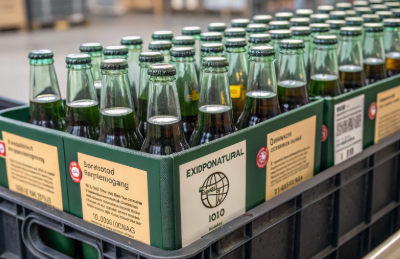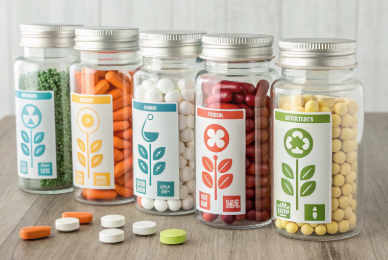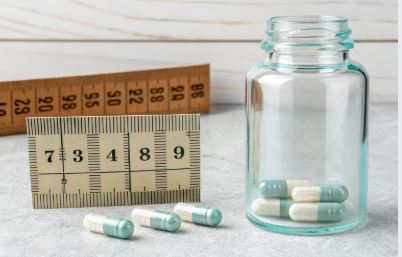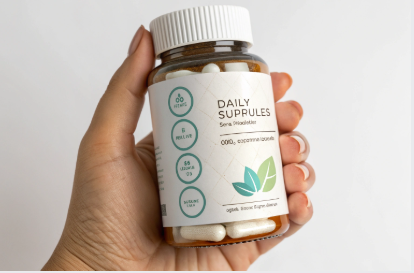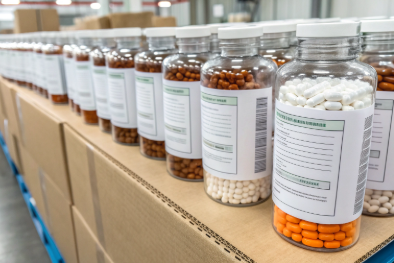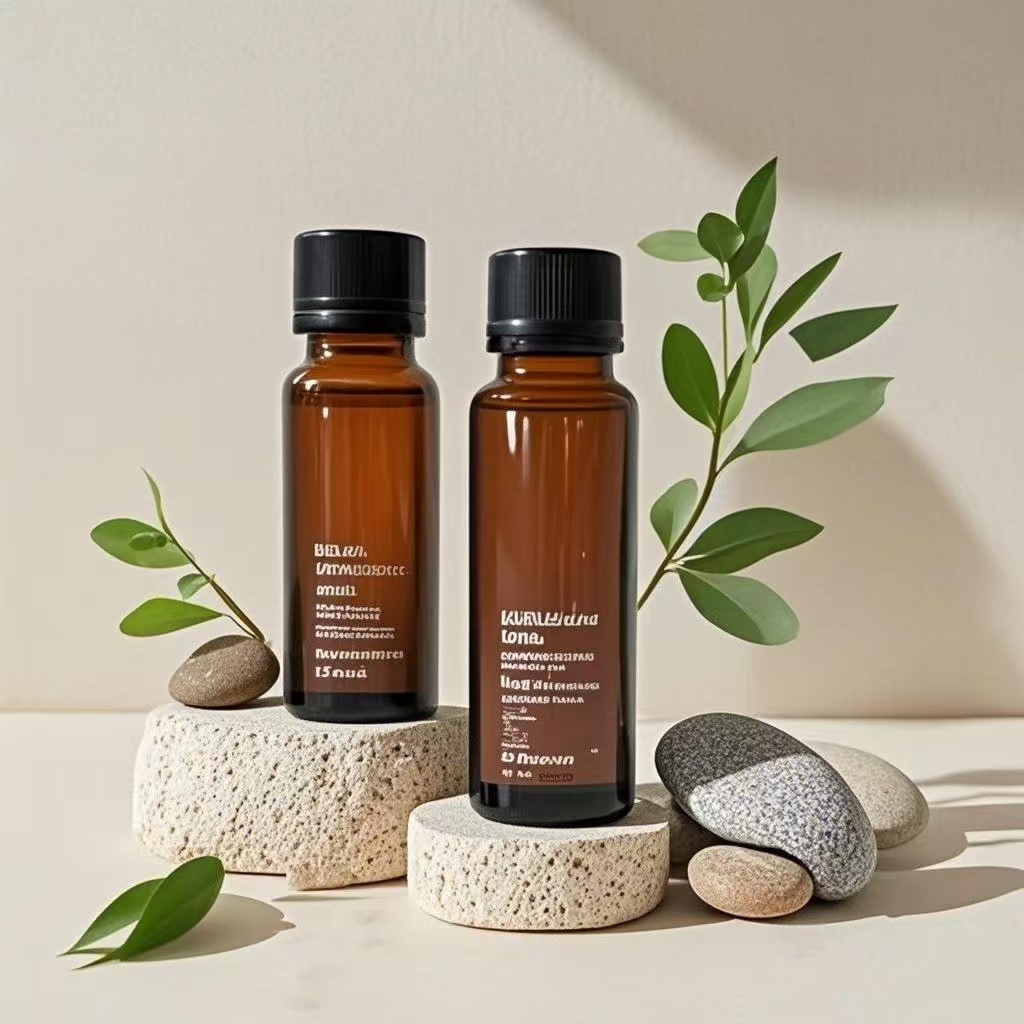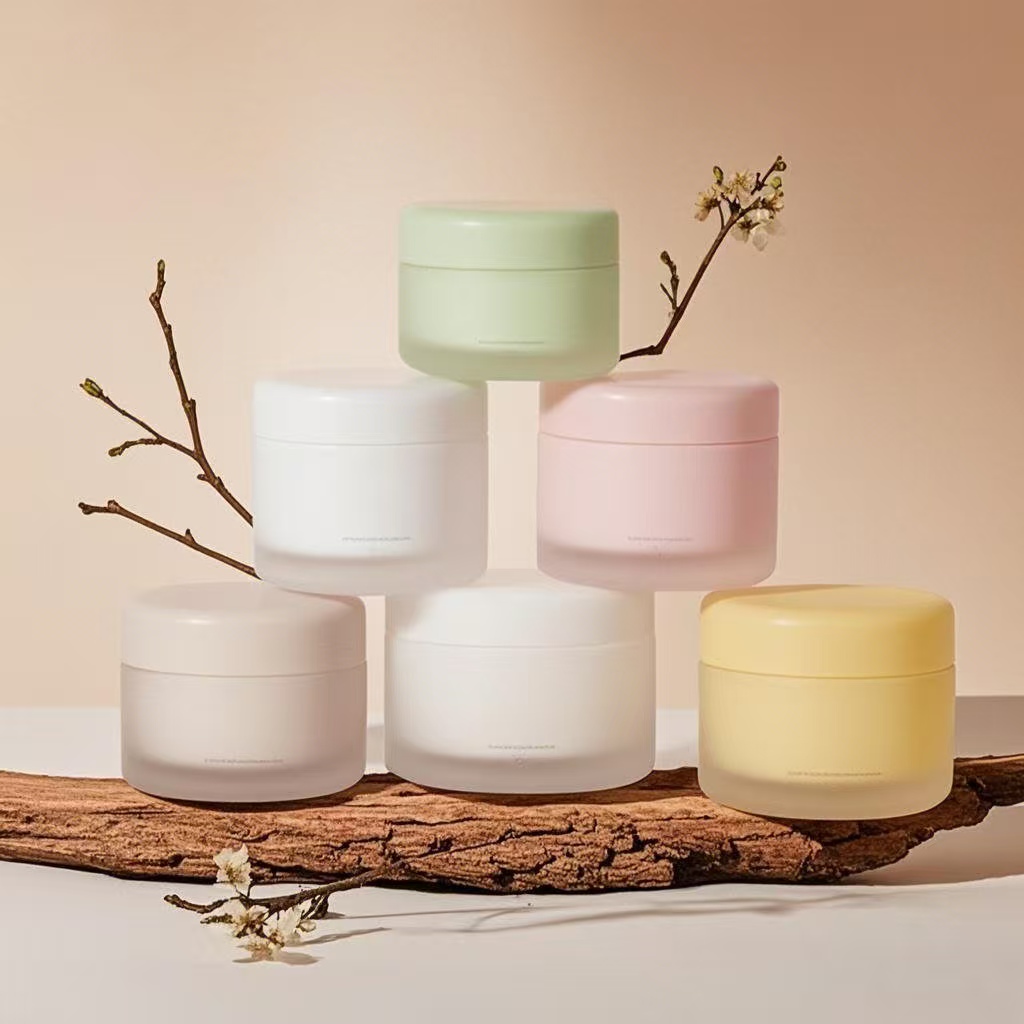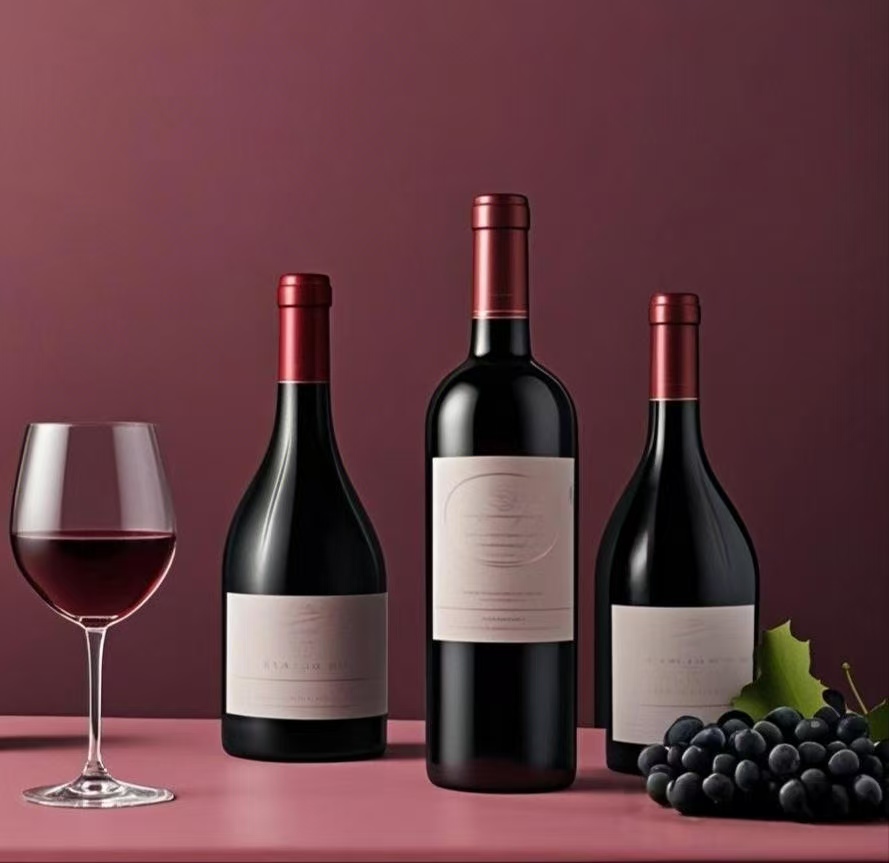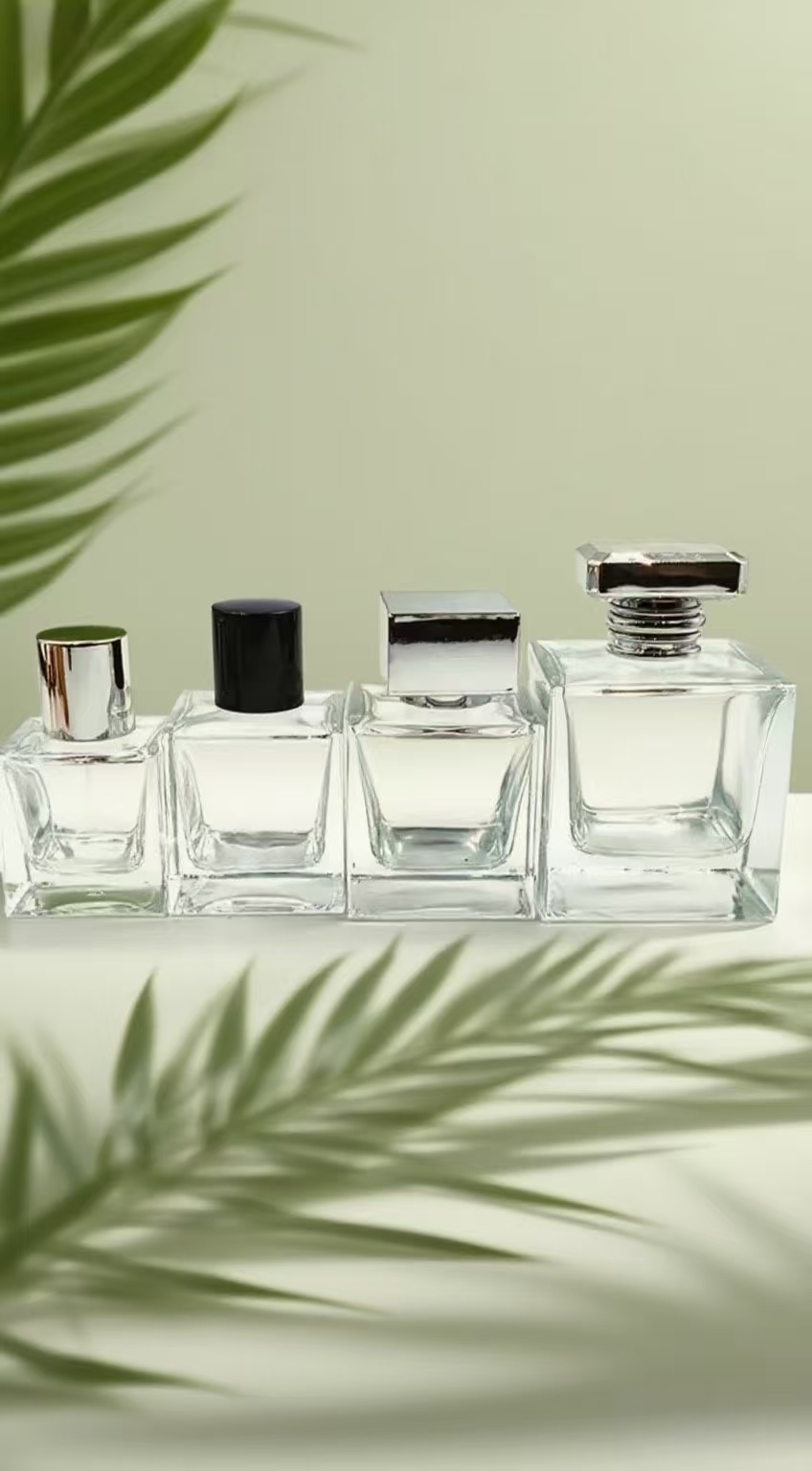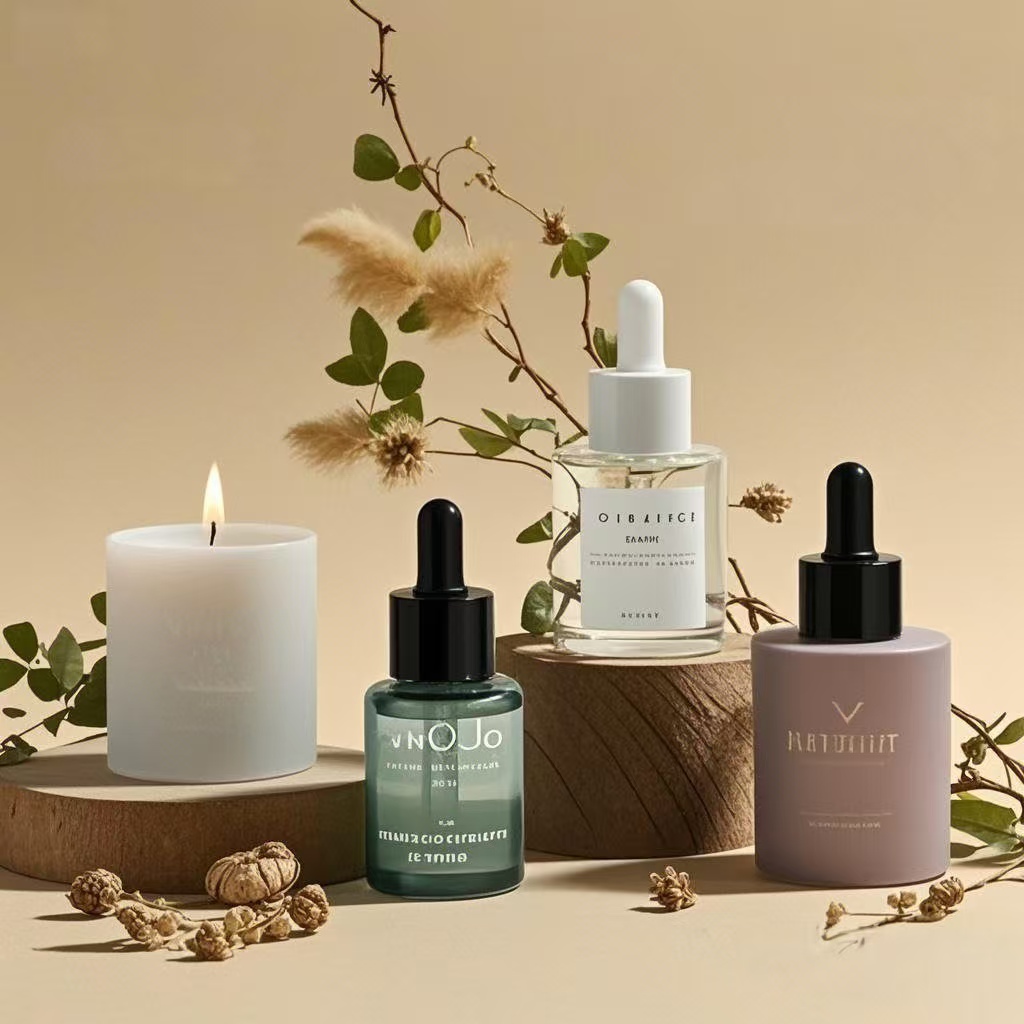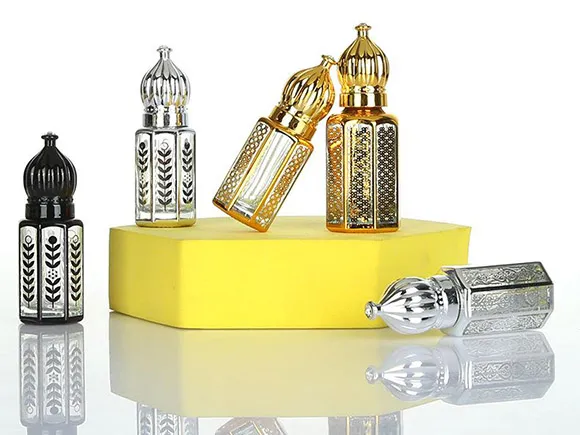Sourcing the wrong pill bottle size doesn’t just waste space—it risks product degradation and affects customer trust. Let’s make sure that never happens again.
The right glass bottle size for capsules and pills depends on capsule count, product volume, dosage form, and labeling requirements. Choose based on both capacity and compliance.
Whether you’re a nutraceutical brand, pharmacy chain, or wellness startup, this guide will help you match your product to the perfect bottle—functionally, visually, and legally.
What are the most common glass bottle sizes for capsules and pills?
Not every bottle fits every pill. But a few standard sizes dominate the pharmaceutical and supplement industries.
The most popular glass bottle sizes for capsules and pills range from 30ml to 500ml, with 60ml, 100ml, and 150ml being the most frequently used for retail packaging.
Standard Glass Bottle Sizes:
| Volume (ml) | Typical Capsule Count (Size 0) | Common Use Case |
|---|---|---|
| 30ml | 20–30 | Trial sizes, sample kits |
| 60ml | 40–60 | Daily supplement packs |
| 100ml | 60–90 | Multivitamins, herbal blends |
| 150ml | 90–120 | General-purpose health products |
| 200ml | 120–180 | Value-size bottles |
| 250ml+ | 200–300+ | Bulk or clinic supply |
At PauPack, we stock all core sizes in amber, blue, and clear glass options—perfect for everything from omega-3 softgels to botanical capsules.
How do you choose the right bottle size based on capsule count?
You don’t want a half-empty bottle—or worse, crushed capsules. Sizing should be exact, not estimated.
To choose the correct bottle size, calculate the total volume needed based on capsule size and count, then round up to the nearest standard bottle capacity.
Step-by-Step Selection Process:
-
Determine Capsule Size
-
Size 0 (most common): ~0.68ml per capsule
-
Size 00 (larger): ~0.95ml
-
Size 1 (smaller): ~0.5ml
-
-
Multiply by Capsule Count
-
Example: 60 capsules x 0.68ml = ~41ml needed
-
-
Add Headspace
-
Allow 20–30% space for ease of filling and visual appeal
-
-
Select Bottle
-
In the example above, a 60ml bottle would be perfect.
-
Tip: Use our free sizing chart to match your capsule size with the ideal PauPack bottle SKU. We also offer sample kits for verification.
What labeling and regulatory considerations affect bottle size?
Small bottles limit labeling space—but regulations don’t shrink. You’ll need to balance compliance and aesthetics.
FDA, EU, and other regulatory bodies require legible, complete labels—often dictating minimum surface areas, which may affect your bottle choice.
Labeling Guidelines to Consider:
-
Supplement Facts Panel: Must be readable, with font ≥6pt
-
Ingredient & Allergen Disclosure: Required by law
-
Country-Specific Warnings: Vary by region (e.g. California Prop 65)
Bottle Label Area Reference:
| Bottle Size | Max Label Width | Recommended Label Height |
|---|---|---|
| 60ml | 110mm | 40–60mm |
| 100ml | 130mm | 60–80mm |
| 150ml | 150mm | 80–100mm |
At PauPack, we provide dielines and label design templates for every bottle model. You can also opt for silk screen printing or hot-stamped labels directly on glass for a premium, permanent look.
How does bottle color and material influence product stability?
Capsules are sensitive to light, heat, and moisture—especially natural formulations. The wrong bottle can shorten shelf life fast.
Amber glass offers the best protection against UV degradation, while cobalt blue adds aesthetic appeal without compromising too much on protection.
Glass Color Comparison:
| Color | UV Protection | Use Case |
|---|---|---|
| Amber | Excellent | Herbal supplements, probiotics |
| Cobalt Blue | Good | Premium skincare capsules |
| Clear | Minimal | Fast-moving inventory, visual appeal |
PauPack’s amber bottles are made with pharmaceutical-grade Type III glass. We also offer optional desiccant inserts, induction seals, and tamper-evident caps to further protect your product.
What should buyers look for when sourcing pill bottles in bulk?
If you’re ordering thousands of bottles, you can’t afford leaks, delays, or inconsistent quality.
Bulk buyers should prioritize manufacturers who offer consistent sizing, food-grade compliance, decoration options, low MOQ for testing, and robust logistics support.
Checklist for B2B Sourcing:
-
✅ ISO, FDA, or EU certifications
-
✅ MOQ flexibility for product launches (e.g., 1000 pcs)
-
✅ Decoration (screen printing, acid-etching, label application)
-
✅ Multi-size compatibility (same cap type across volumes)
-
✅ Warehousing & on-time global shipping
At PauPack, we help supplement brands and pharmaceutical distributors streamline sourcing. With over 3000 bottle types and local warehousing in 6 countries, we can handle both niche launches and enterprise-scale orders.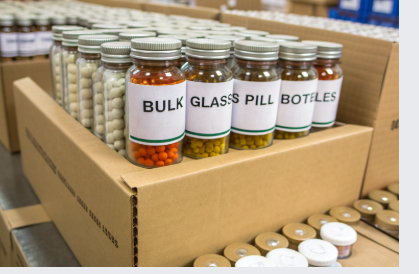
How do glass bottle sizes affect filling and automation efficiency?
When scaling production, a well-sized bottle can make or break your automation line.
Standardized glass bottle sizes improve filling speed, reduce alignment errors, and are easier to integrate with automated capping, labeling, and packing systems.
Key Automation Factors:
1. Bottle Neck Consistency
Automated machines need uniform diameters for smooth nozzle fit. At PauPack, we maintain tight tolerances across our glass bottle lines.
2. Height and Volume Sync
Avoid overly tall or short bottles that require major adjustments to filling stations.
3. Ideal Sizes for Machine Lines
-
60ml: Used by fast-fill capsule counters
-
100ml: Most popular for tablet fillers
-
150ml+: Often used for multipack units, may need custom guides
We supply 2D/3D CAD drawings for each bottle, making it easy for engineers to test fit before scaling production.
What impact does bottle size have on customer perception and usability?
What fits in a hand, fits in a shopping cart—and a customer’s lifestyle.
Bottle size directly shapes how customers perceive value, portability, and even dosing convenience. Bigger isn’t always better.
Size vs. Experience:
1. Daily Dose Visibility
Smaller bottles (30ml–60ml) make it easy for users to track consumption. Great for travel, sample kits, or 30-day supply formats.
2. Perceived Waste
Overly large bottles with few capsules feel “empty.” That lowers trust and can cause negative reviews.
3. Portability & Storage
Compact bottles are more likely to be carried in a purse or gym bag—important for daily supplements.
4. Refill or Stack Options
Uniform bottle sizes improve cabinet organization and offer refill potential for zero-waste users.
At PauPack, we help brands think beyond just fit—we consider how the bottle feels in the user’s hand, how it fits on a shelf, and how it reflects your product promise.
How does choosing the right bottle size support eco-friendly packaging goals?
Small details like bottle capacity can make a big difference in your sustainability narrative.
Matching the correct bottle size to capsule count reduces waste, lowers shipping volume, and supports your carbon reduction goals.
Eco Implications of Oversized Bottles:
-
More Glass Waste per Dose
-
Excess Packaging Filler
-
Higher Freight Weight
-
Unused Headspace = Perceived Waste
Sustainable Size Strategy:
-
60ml for 30–50 capsules
-
100ml for 60–90 capsules
-
150ml+ only when needed for 120+ count
PauPack bottles are made with recyclable materials and produced in an ISO-certified, solar-powered facility. We also offer lighter-weight glass formats for brands seeking to reduce their shipping footprint without compromising quality.
Are certain glass bottle sizes preferred in different international markets?
One size doesn’t fit all markets—especially when you go global.
Preferred glass bottle sizes for capsules vary by country due to dosing norms, label space requirements, and pharmacy display standards.
Global Packaging Norms:
| Region | Preferred Sizes | Notes |
|---|---|---|
| North America | 100ml, 150ml | High-dose supplements, large print |
| EU | 60ml, 100ml | Emphasis on portability, dosing |
| Asia-Pacific | 30ml, 60ml | Compact, travel-friendly packaging |
| Middle East | 100ml+ | Value packs, multilingual labels |
PauPack supports international labeling and compliance. We offer multilingual silk printing on bottles and regional warehousing to minimize import stress for our clients.
Can bottle size influence your product’s perceived value and pricing power?
Absolutely. Packaging isn’t just a cost—it’s part of your value story.
Smaller bottles with high-quality finishes often command higher margins due to perceived exclusivity, while larger bottles suggest bulk value.
The Psychology of Size:
-
Premium Feel: A frosted 60ml bottle with a wood cap looks like a luxury item—even if the cost per capsule is high.
-
Subscription Value: 30ml bottles work well for auto-refill models that encourage monthly purchases.
-
Bulk Savings: 200ml bottles reinforce volume-based pricing and are ideal for family-sized products.
At PauPack, we help clients design glass bottles that align with their pricing strategy. Whether you want a “boutique apothecary” look or a “clinic-sized economy” model, we build packaging that supports your value ladder.
Conclusion
Glass bottle sizing isn’t just about milliliters—it’s about machinery, sustainability, market fit, and customer experience. At PauPack, we guide you through every decision, ensuring your capsules are packed for success.




